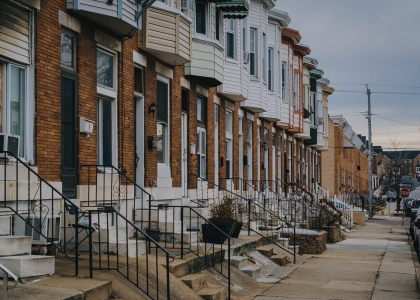Urban sprawl, land use planning, and uneven transportation investments have displaced many low-income households and communities of color into the suburbs or exurbs and left them without adequate access to affordable and efficient transportation. As a result, gasoline expenses can make up a significant proportion of household expenditures for these populations.
This paper outlines the factors that affect transportation energy burdens and summarizes household spending on gasoline across different income levels, self-identified racial groups, and U.S. regions. We also present an original analysis of transportation energy burdens, using data on household gasoline expenditures from HUD’s American Housing Survey.
Results from our analysis show that American households have an average gasoline burden of about 7.0% of total income, which is substantially higher than the 3.7–4.6% identified in current literature. Gasoline burdens for low-income households that earn less than 200% of the federal poverty level range from 13.8% to 14.1%
Understanding Transportation Energy Burdens
| Suggested Citation |
|
Vaidyanathan, S., P. Huether, B. Jennings. 2021. Understanding Transportation Energy Burdens. Washington, DC: American Council for an Energy-Efficient Economy |





